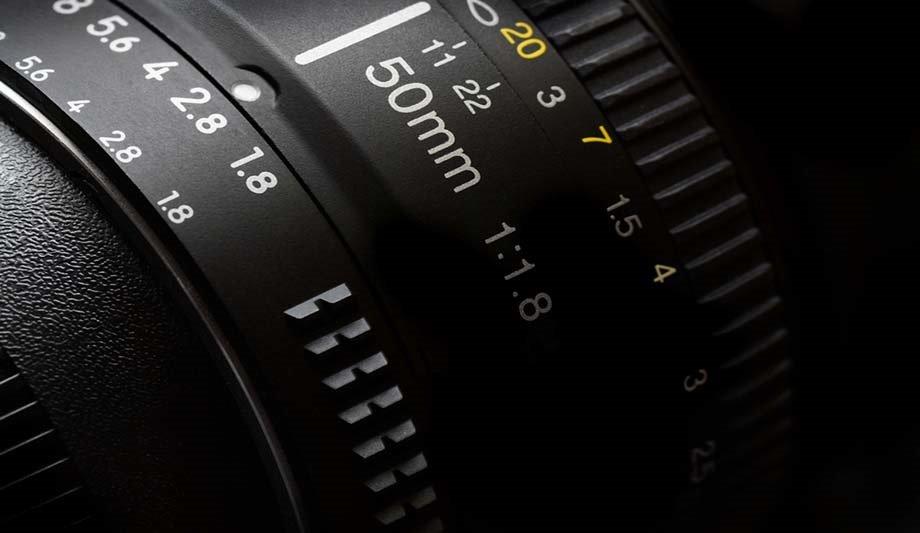Is analogue dead, or how is it viable in today’s security systems?
Editor Introduction
Analogue video cameras are still used in a variety of applications, primarily because yesterday’s robust and flexible technology is still functioning today, although it has been years, or even decades, since the initial installation. In many cases, this past generation of security cameras is still reliable and effective.
Embracing an installed base of analogue cameras is often the most cost-effective approach when updating or expanding a surveillance system. But what about the future? We asked this week’s Expert Panel Roundtable: Is analogue dead? Or how is it viable in today’s security systems?
Analogue is not entirely dead in today's security systems. For established deployments, there can be a fair number of analogue cameras in use, and until they stop working, there is no issue continuing to rely on them, especially due to the initial lower cost or having an existing infrastructure in place. However, as technology advances rapidly, there’s certainly a shift toward IP cameras on new projects and some replacements. Digital systems offer higher image quality, remote access, advanced analytics, and greater flexibility to scale and adapt to changing security needs. Moreover, the cost of digital security systems has continued to decrease while the capabilities have increased, making them a more cost-effective option in the long term. In summary, while analogue may still be a viable option for some businesses, digital security systems are quickly becoming the industry standard due to their superior performance and lower total cost of ownership.
Analogue cameras have been around for decades, but while they have largely been replaced by IP-based systems, they still have their place in today's security landscape. Many installations still rely on analogue, particularly in historical or listed buildings where installing an entirely new security system may not be feasible. These customers still require support and maintenance to keep their assets safe and secure. But analogue isn’t an all-or-nothing proposition. Products like IP encoders can help bridge between old and new technology, allowing end-users to utilise newer analytics and the ease of use of digital CCTV recording management, without having to replace a system wholesale. At Vicon, we understand that each customer has unique needs and requirements, and we are happy to support them no matter how complex their system may be.
Ironically the development of more powerful and intelligent digital systems is actually making it easier and more attractive to bring analogue technology into the mix. While we are unlikely to see analogue technology being used to develop new sensor technologies, for example, this “old” technology can and is being brought into the new mainstream via the use of protocol converters and transponders. These digitise analogue signals for incorporation into today’s and tomorrow’s digital systems and IoT. While analogue technology is often considered out of date or redundant, sometimes it makes sense from a cost point of view to reuse perfectly serviceable legacy systems when their performance fits the needs of the job. There may actually be some specialist applications (perhaps in dangerous or harsh conditions/environments, or a location where it would be difficult or detrimental to update the technology) where changing a perfectly functioning analogue sensor makes no sense and it is preferable to incorporate it into a modern system.
While legacy analogue systems may not be an ideal choice in today’s digital-first, hyper-connected world, upgrading such systems has never been easier. In fact, updating an existing system can be just as effective as implementing entirely new technology, and it allows for a faster, more cost-effective, environmentally friendly way to bring older systems into modern times. This is done with smart migration solutions, like video encoders and audio amplifiers, that can be integrated into existing systems to transform analogue technology into network technology while also ensuring the seamless operation of the entire system. Bringing analogue systems onto the network enables a myriad of intelligent capabilities like video analytics, health monitoring, remote system management, and more. This also allows for heightened scalability and flexibility, as bringing analogue systems onto an IP network introduces edge-based capabilities that enable users to expand their existing system as business needs change and grow over time.
Editor Summary
The surveillance industry has clearly transitioned from analogue to the new technology of video cameras that connect using Internet protocol (IP). The persistence of analogue in the market primarily boils down to the base of installed analogue cameras that are still functioning and can be incorporated into more up-to-date systems using technologies such as video encoders. Even the costs of IP cameras have come down to a point that almost guarantees they will be the first choice when designing new systems.












